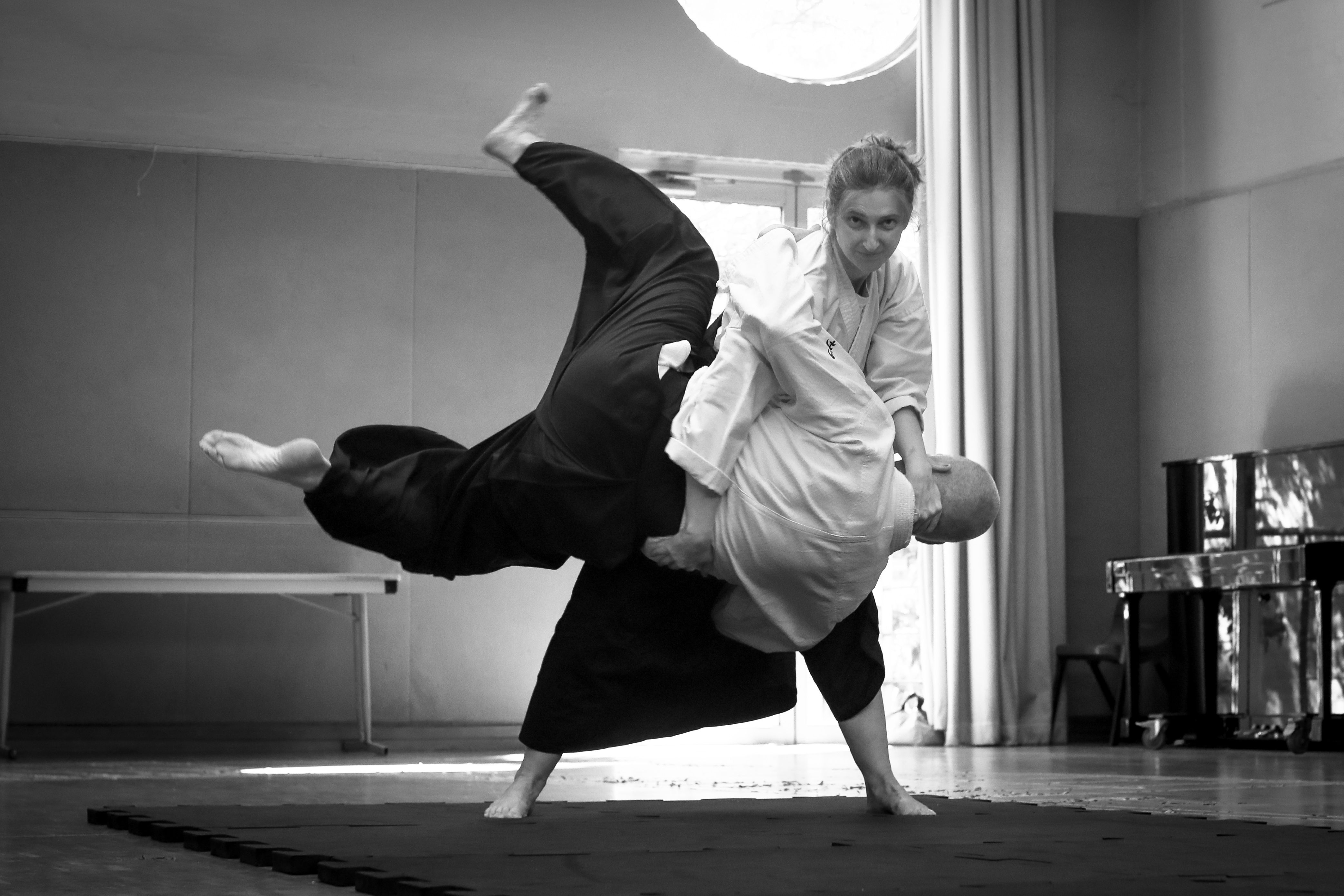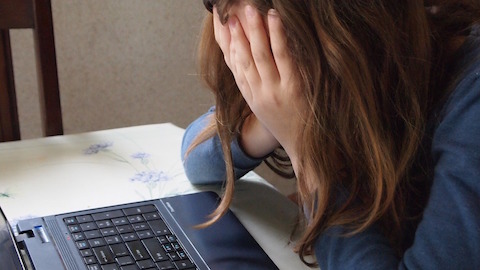Young people get bullied at school and online. Those most vulnerable are children with disabilities.
Today, 2 December, is the International Day of People with Disability. To acknowledge the day and recognise the diverse needs of people with disability, we are honoured to host a blog from Alex Diaz-Granados of cerebralpalsyguidance.com highlighting the challenges of bullying faced by children with a disability such as cerebral palsy.
Children with cerebral palsy more likely to be bullied
Bullying is a major problem for a significant portion of students around the world. Young people get bullied at school and online. Those that are most vulnerable are children with disabilities, like cerebral palsy. Statistics gathered for 2015 found that 22 percent of school-aged children had experienced bullying. For children with disabilities that number was much higher at 60 percent.
Cerebral palsy and bullying
Bullies tend to target kids that are different or that are vulnerable because they cannot fight back as well as other children. Cerebral palsy is a neurological condition that some children are born with as the result of brain damage. It effects muscle tone and movement and can cause a variety of symptoms ranging from mild to severe. Most children with cerebral palsy look and act differently, which makes them targets. They may have trouble walking or use wheelchairs; they may move in ways that are spastic; they may even struggle to eat and breathe.
Facts about bullying and disabilities
Any child with a disability that makes him or her different presents a target for bullies. Children with disabilities like cerebral palsy are two to three times more likely to be victims of bullying. Children with disabilities spend more time worrying about staying safe or being injured at school than other kids. Even more troubling is that children with special needs are more likely to be reprimanded for reporting bullying. They are more likely to be told not to “tattle.”
Impact of bullying
For any child, the effects of bullying can be devastating and long-lasting, but for a child with cerebral palsy it adds to the challenges already faced on a daily basis. Children who have been bullied may develop anxiety disorders and depression and may even attempt or commit suicide. Bullying victims also suffer academically and socially. They are more likely to have poor grades, to miss school, to drop out of school, and to be excluded from social activities.
Parents and other adults, as well as children, can help kids with disabilities like cerebral palsy avoid being bullied or overcome being bullied. By including these children in school and extracurricular activities, their peers can help build up their social support network and their self-confidence. These measures go a long way toward helping victims of bullying overcome the negative effects and have a better quality of life.
Words: Thanks to Alex Diaz-Granados for the preceding text
Aikido, bullying prevention and disability
Can we make a difference? The feedback we get from parents is that aikido training helps kids and teens develop not only physical skills but also personality, giving them greater self-confidence. Parents report that their children are far more confident at school, for example. Surely our training would be of benefit to young people with disabilities like cerebral palsy?
How can we as a community of martial artists be more inclusive of people with disability and make a greater contribution to reducing the incidence and effects of bullying in our schools?
Image: cerebralpalsyguidance.com

